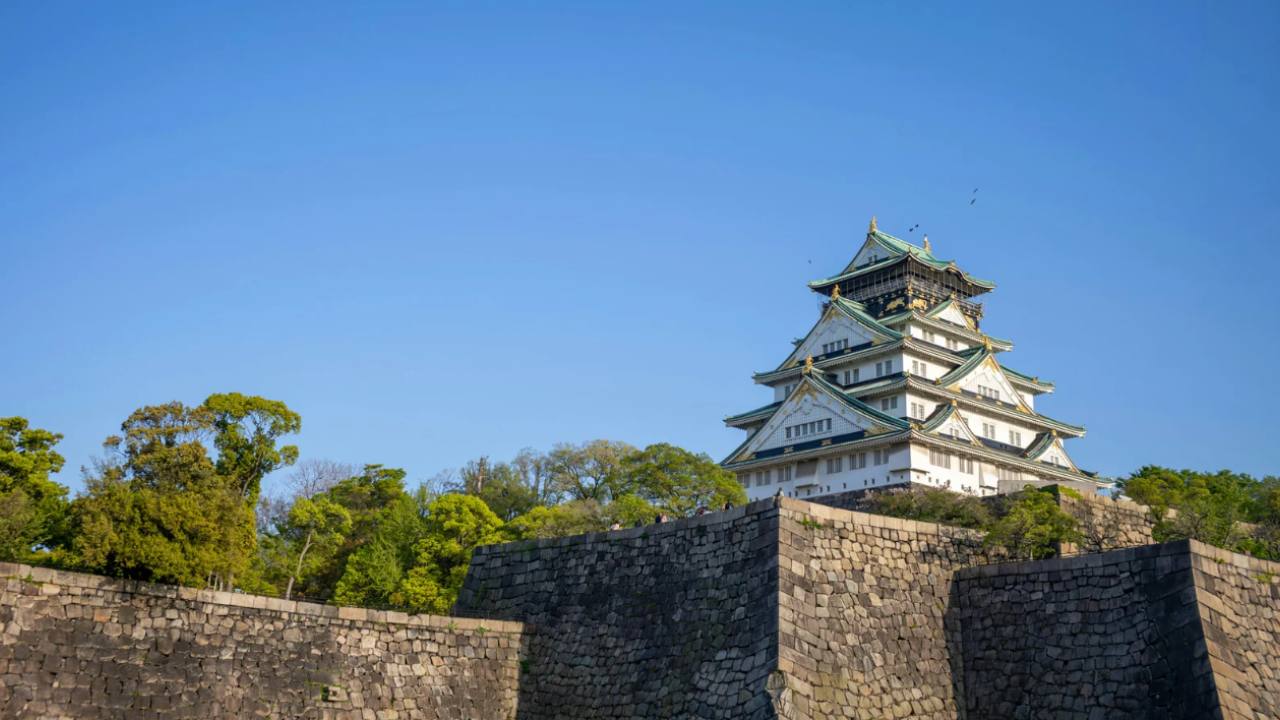ひらがなの由来/Where did Hiragana come from?
こんにちは、いろはです。
Hello, this is Iroha.
今日は、ひらがながどのように生まれたかについて、少しお話ししてみたいと思います。
Today, I’d like to share a little story about how hiragana, one of the Japanese writing systems, came to be.
ひらがなは、もともと「漢字」から生まれた文字です。奈良時代(8世紀ごろ)、日本人は中国から伝わった漢字を使って日本語を書こうとしました。しかし、文法も語順も発音もまったく違う日本語に、漢字はとても使いづらいものでした。
Hiragana actually originated from kanji—the Chinese characters introduced to Japan in the 5th to 8th centuries. As the Japanese people began writing their own language using kanji, they realised that kanji didn’t quite fit Japanese grammar, pronunciation, or word order.
そこで日本人は、漢字の「音」や「形」を借りて、日本語を書くための工夫を始めました。
So they began to borrow the sounds and shapes of kanji to write Japanese in a more flexible way.
その中で生まれたのが、「万葉仮名(まんようがな)」と呼ばれる表記法です。これは、漢字の音を使って日本語を表す方法で、当時の歌や詩に多く使われました。
This resulted in what we now call Manyōgana—an early system that used kanji phonetically to write native Japanese words, often seen in old poetry.
やがて、万葉仮名の形を崩して、書きやすく、なめらかにしたものが「ひらがな」です。特に、女性たちの間で使われ始め、「女手(おんなで)」とも呼ばれていました。
Eventually, people started simplifying the shapes of these Manyōgana characters, especially for quicker and more fluid writing. These cursive, flowing forms became hiragana. At first, hiragana was mainly used by women, and was even called onnade (women’s hand).
例えば、漢字の「安(あん)」をくずして「あ」になり、「以(い)」をくずして「い」になったのです。
For example, the modern hiragana “あ (a)” came from a simplified version of the kanji “安 (an)”, and “い (i)” came from “以”.
こうして生まれたひらがなは、今では日本語を書く上で欠かせない文字となっています。今、あなたが書いている「ひらがな」には、そんな長い歴史があるのです。
What you write today as simple, curved characters has a history that stretches back over a thousand years. Isn’t that fascinating?






Responses